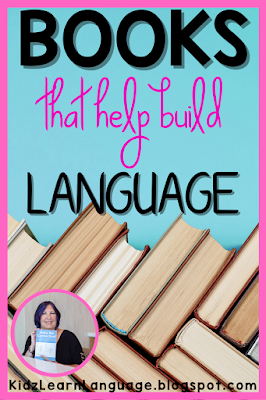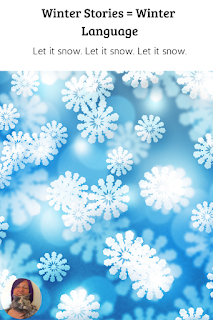First up, a couple of classics; including The Mitten and Hibernation Station. The former is read by parents and teachers everywhere. The Mitten is a story about a boy who loses a mitten in the snow and all of the animals who crawl inside to keep warm. It’s a terrific book for practicing sequencing and talking about animals. You can describe, compare, and contrast the various woodland animals.
Hibernation Station is another book that focuses on winter for the animals in a wood. There’s so much fun descriptive language in this book to build children’s vocabularies. The animals are big and small, shy and loud, sleepy and playful. And, an added benefit - the story rhymes. So practice those phonological awareness skills.
For fans of Mercer Mayer’s Little Critter, try reading “Just a Snowman.” There is so much going on in this book that children who live in snowy areas can relate to. There are lots of activities about which we can ask Wh-questions and help kids learn verbs.
Last, but not least, is the old classic “The Snowy Day.” In this story Peter goes on a winter’s day adventure, having fun alone the way. There are a couple of sequences within the story, and you can break down re-telling into segments of inside and outside activities. Ask Wh-questions. Talk about the descriptive words in the story. Use core words, like walk, drag, hit, throw, build and cold.
If you're looking for some language activities to extend the story, try these resources.
Hibernation Station
Snowy Day
Next week, I'll talk about some more toys that foster language. Until then, keep on talking.
p.s. Looking for a book to give a parent? Look no further. Give the gift of communicating! Give "Make the Connection!: A Practical Guide to Parents and Practitioners to Teach the Nonverbal Child to Communicate with AAC."




No comments
Post a Comment